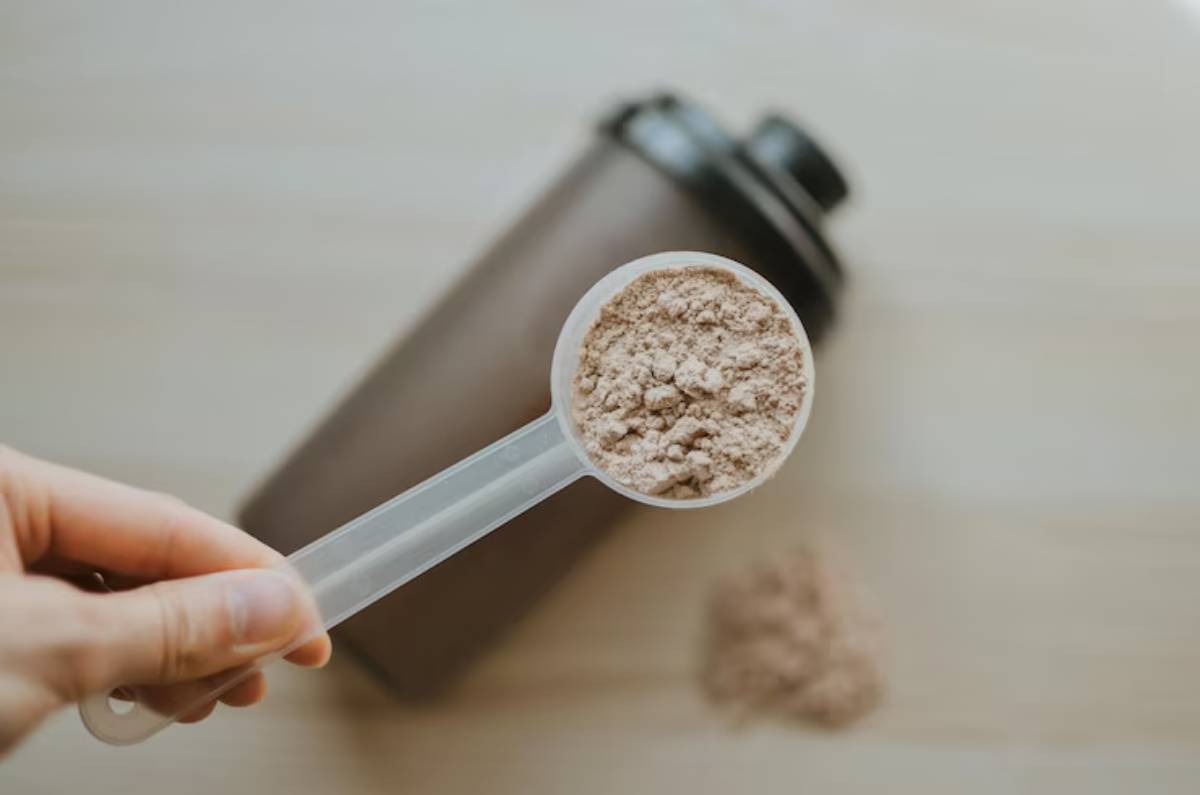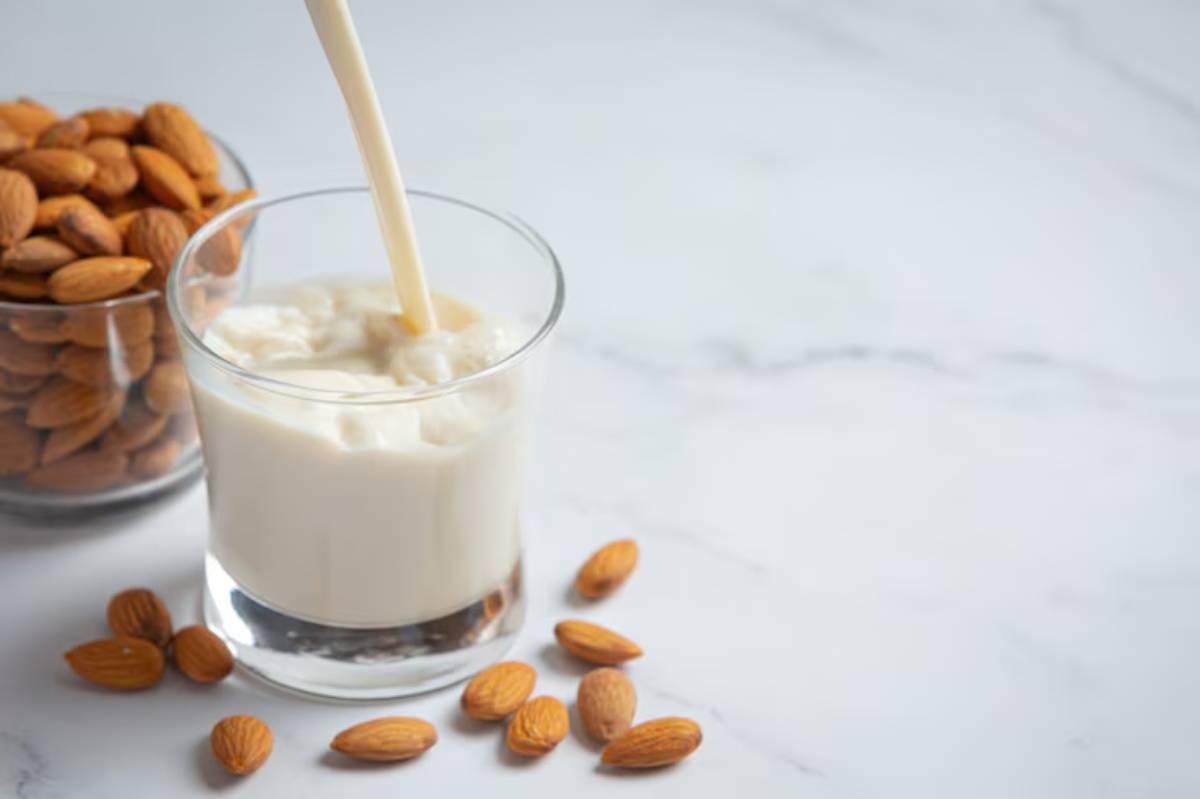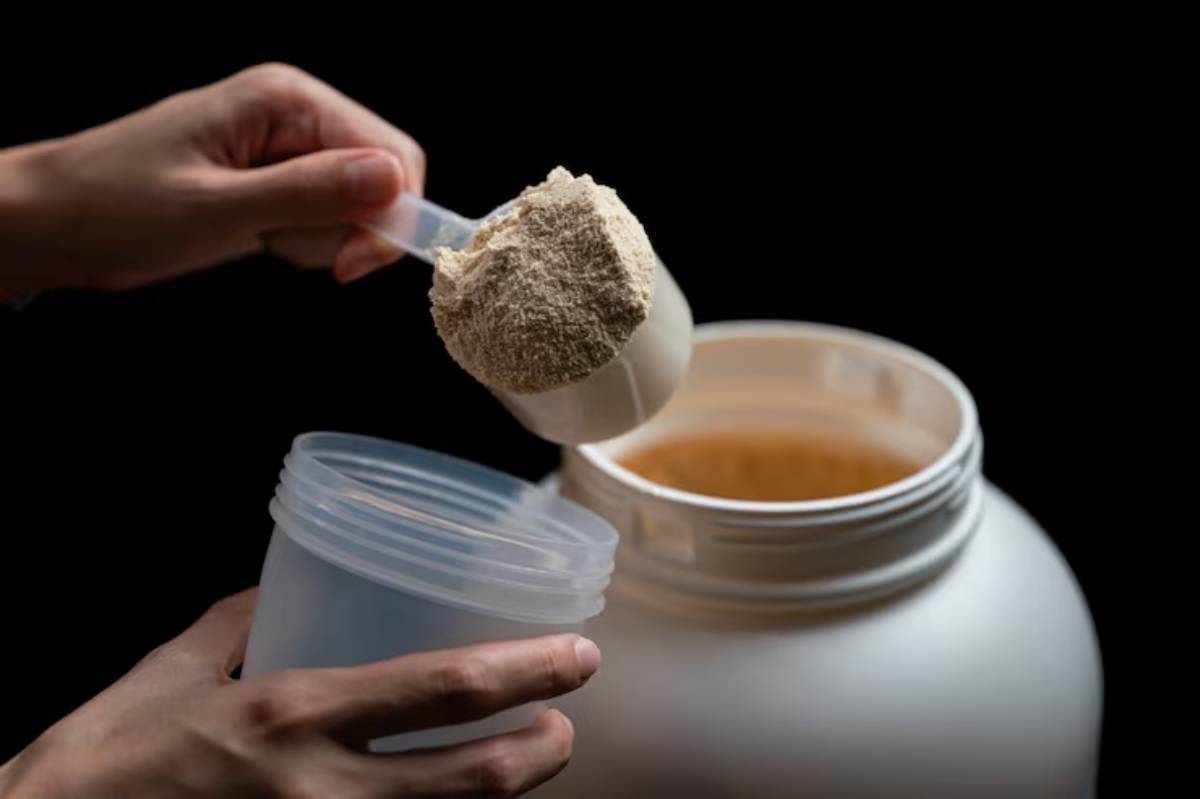
How to Choose Between Mass Gainers and Protein Powders
Trying to bulk up but stuck at the crossroads of mass gainers vs protein powders? You’re not alone. With shelves stacked full of shiny tubs and bold claims, choosing the right supplement for your fitness goal can feel like a gamble. But the truth is—your body, goals, and eating habits hold the answer.
This guide breaks down the supplement decision step by step, so you can confidently pick the product that fuels your progress—not just your pantry.
Quick Guide: Mass Gainer vs Protein Powder
- Goal:
- Lean muscle, low fat gain → Choose Protein Powder
- Fast bulking, hard gainer → Go with Mass Gainer
- Calorie Intake:
- Eating enough whole foods → Protein Powder fills the gaps
- Struggle to hit daily calories → Mass Gainer adds volume
- Body Type Match:
- Ectomorph: Mass Gainer
- Endomorph: Protein Powder
- Mesomorph: Either, based on training goals
- Best Time to Use:
- Protein Powder: Post-workout, snack
- Mass Gainer: Post-workout, meal replacement, bedtime
- Watch Out For:
- High sugar content in mass gainers
- Unnecessary fillers or artificial additives
Understanding the Core: What’s the Difference?
Protein Powder
Typically contains:
- 20–30g of protein per serving
- Minimal fats and carbs (unless it’s a meal replacement or blend)
- Ideal for muscle recovery and lean muscle maintenance
- Common types: Whey concentrate, isolate, casein, plant-based (pea, soy, rice)
Mass Gainer
Typically contains:
- 500–1,200+ calories per serving
- High carbs (60–120g) + moderate protein (20–50g)
- Often includes fats, creatine, and added vitamins
- Used for calorie surplus and rapid weight gain—especially helpful for “hard gainers” with fast metabolisms
Think of it like this: Protein powder is the bricklayer, helping build muscle. Mass gainer is the concrete truck, helping you bulk up fast.
Quick Reference Summary: Mass Gainer vs Protein Powder
| Feature | Protein Powder | Mass Gainer |
| Calories per serving | 100–200 | 500–1,200+ |
| Carbohydrates | Low (1–10g) | High (60–120g) |
| Use case | Muscle recovery, lean muscle gain | Rapid bulking, hard gainers |
| Ideal timing | Post-workout, between meals | Meal replacement, post-workout, bedtime |
| Best for | Cutting or maintenance | Bulking cycles |
Step-by-Step Guide: How to Choose the Right Supplement
Step 1: Define Your Goal

- Trying to gain clean muscle with minimal fat? → Go for protein powder
- Struggling to eat enough calories daily? → You’ll benefit from a mass gainer
Step 2: Assess Your Diet
Do you already get enough whole food calories?
- Yes → Protein powder can fill the gaps
- No → Mass gainer may help you reach your calorie target
Use a calorie calculator to check your maintenance needs plus surplus.
Step 3: Consider Your Body Type
- Ectomorph (naturally lean) → Often benefits from mass gainers
- Endomorph (gain weight easily) → Better off with protein powder
- Mesomorph (balanced build) → Either, depending on your training phase
Step 4: Think About Digestibility and Ingredients
- Mass gainers can cause bloating or sugar crashes if packed with cheap carbs
- Look for clean carbs (oats, sweet potato powder) and avoid maltodextrin overload
- Choose protein powders with minimal ingredients and third-party testing
Read more on how to read a supplement label like a pro
Pro Tips & Important Notes
- Don’t rely solely on supplements. Whole foods should make up most of your diet
- You can customise: Mix whey with oats, nut butter, and banana for a DIY mass shake
- Watch the sugar content in commercial gainers, it can spike insulin and lead to fat gain
- Track your results: Monitor your weight and strength weekly. If there’s no change after 3–4 weeks, re-evaluate your supplement choice
Best Practices & Additional Insights

- Protein powder is versatile – almond milk or blend into porridge, bake into protein bars
- Mass gainers are ideal post-workout if you need both protein and carbs fast
- If weight gain is too rapid, adjust serving sizes—you don’t have to use the full scoop
FAQs
Can I use both protein powder and mass gainer?
Yes, but not on the same day unless your calorie needs demand it. Use protein on lighter intake days, and mass gainers when you fall short.
Is mass gainer safe for teenagers?
In moderation and with proper guidance. Focus on whole foods first. Always check sugar content and avoid over-supplementing.
How long does it take to see results?
Typically 2–4 weeks, depending on your diet, workout consistency, and baseline weight.
Should I take these every day?
Only if needed. Protein can be taken daily. Use mass gainers strategically, not just out of habit.
Conclusion: Choose Wisely, Fuel Smart
Deciding between a mass gainer and a protein powder depends on your personal goals, daily nutrition, and lifestyle.If you’re after lean muscle with controlled intake, protein powders are your go-to.
But if you’re on a mission to bulk up fast and can’t meet your calorie needs with food, a quality mass gainer may be your best ally.
Ready to fuel your gains with confidence? Start by reviewing your goals, logging your intake, and picking the supplement that matches your strategy, not just the hype.


